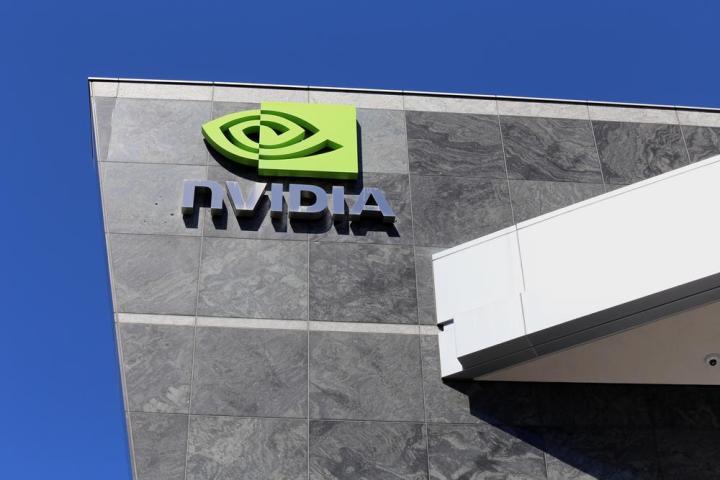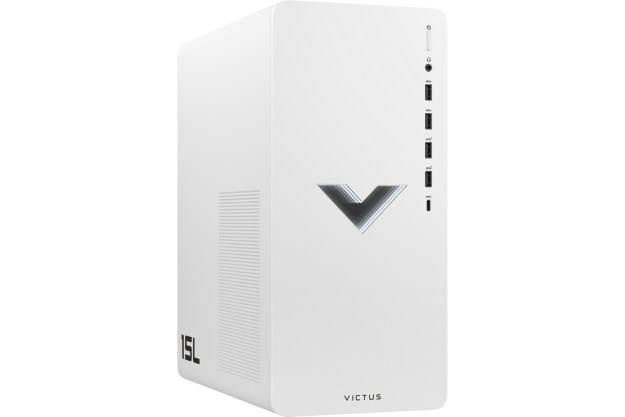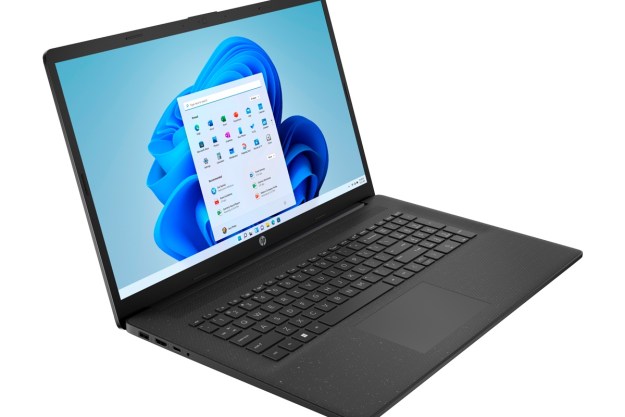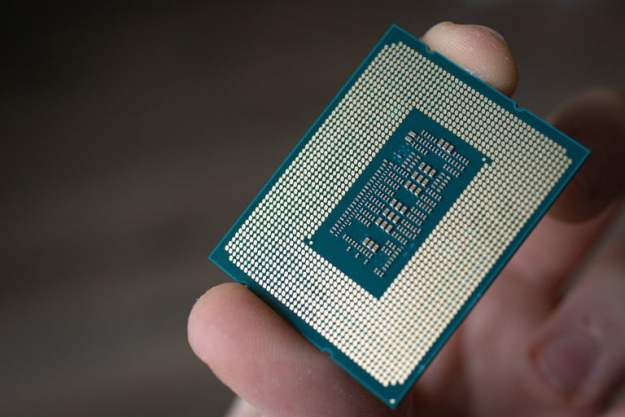
The company has since responded to the controversy, stating that unlike the GTX 980, the 970 separates two sections of its memory to save on power and resource requirements. The first is filled out by what Nvidia calls a “high priority access” chunk of 3.5GB, followed by a 0.5GB chunk that’s ready for any runoff required by higher end games.
This means that any applications which requires 3.5GB of memory or less will only access the first section, and more demanding games like Battlefield 4 and Shadows of Mordor will utilize both in conjunction with one another when cranked up to 4K resolution.
Related: Check out our complete GTX 960 review
According to Nvidia’s own tests, this method of segmentation causes about a 25 percent loss in efficiency when running high-end games, but also keeps the cost of the card down and allows it to stay competitive with similar offerings from AMD. Furthermore, it only represents about a one to three percent drop in speeds from the 980 GTX running on the same configuration, so as long as you’re not a real stickler for the details, the change shouldn’t ruffle too many feathers in the crowd. Unless you’re a PC hardware nut on a web forum, of course.
Editors' Recommendations
- Nvidia DLSS is amazing, but only if you use it the right way
- Nvidia’s bizarre ‘GTX 2080’ GPU emerges out of hiding
- Nvidia RTX 3080 10GB vs. RTX 3080 12GB: Does more RAM matter?
- Nvidia GTX 1650 Super vs. GTX 1650: A budget battle
- Nvidia GTX 1660 Ti vs. RTX 2060



